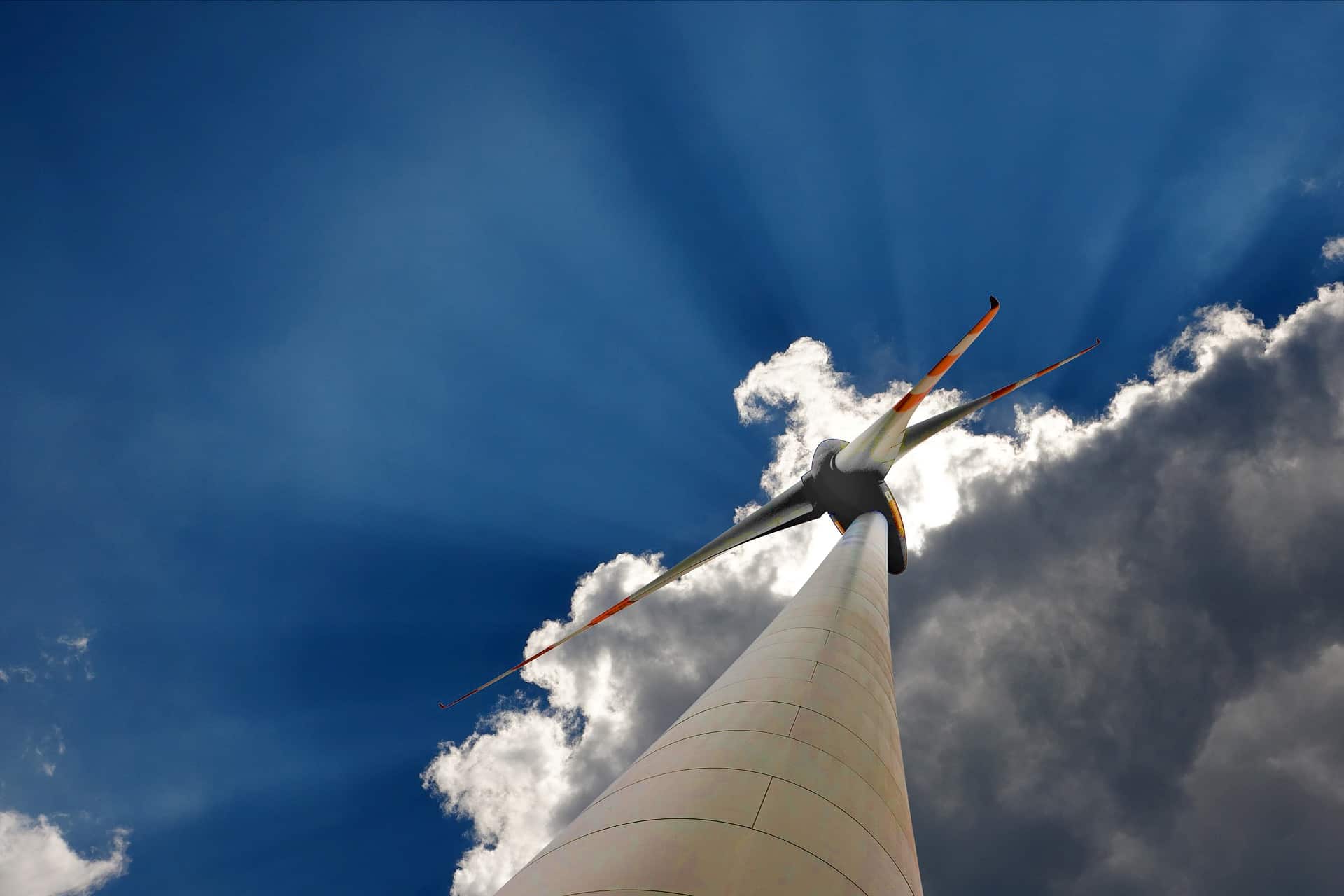Last year, wind parks produced electricity for more than a million Lithuanian citizens
Last year’s volatile winds turned the blades of wind parks operating in Lithuania at different speeds, but the annual output exceeded 1.1 TWh of electricity. In the upcoming years, the implementation of the National Energy Independence Strategy will increase the installed capacity of wind parks in the country, together with an increased amount of electricity generated by the wind parks.
According to the data from the Lithuanian Energy Exchange Baltpool, the wind parks operating in Lithuania produced more than 94 GWh of electricity in December. This enabled the annual output to reach over 1.1 TWh (1,117 GWh). This amount of electricity covers 10 percent of the country’s final electricity consumption. Thus, the electricity generated by wind power can supply more than 584 thousand households or, respectively, cover the needs of approximately 1.2 million Lithuanian citizens.
Production results were determined by volatile winds
Last year, as is the case every year, the production differed significantly across the seasons of the year. The wind parks were most productive in January, when nearly 138 GWh of electricity was produced, with October (133 GWh) and April (132 GWh) right behind. But during the summer, a slowdown in the production could be observed; for example, in July, only 60 GWh of electricity was produced.
Such variations in the results were due to the volatile winds that prevailed in the country. According to the data from the Lithuanian Hydrometeorological Service, in January, when the best production result was achieved, the average wind speed in the country was 15–20 m/s, and it reached up to 22 m/s at the coast where the largest number of wind parks is located. By comparison, in July the average wind speed was only 12–15 m/s. Nevertheless, during the last months of the year (November and December), unusually low winds were observed.
During the windy months, we could often see Lithuania standing among the EU countries with highest share of wind in electricity demand. On the most successful days, the wind parks produced up to 30 percent of Lithuania’s electricity demand. Similar percentages were also seen in Spain and Ireland, the leaders of the wind energy sector. However, in Denmark, wind parks produced up to 100 percent of the country’s electricity demand.
The fluctuations in electricity production volumes caused by wind power have also contributed to changes in the wholesale electricity prices. During the months when the production performance increased the most, the drop of electricity price on the Nord Pool market could be observed. For example, in October, the amount of electricity generated by wind parks increased by a fifth compared to September. This was one of the factors that led to a price decrease on the Nord Pool market, as the electricity price in Lithuanian price zone went down by 9 percent. A similar relationship between the production performance and the electricity price could be observed throughout the year.
The role of wind energy will continue to grow
Since 2016, more than 1.1 TWh of electricity has been generated annually in Lithuanian wind parks. In 2017, a record amount of 1.3 TWh was achieved. A little more than 2 TWh of electricity was generated last year from renewable energy sources, or about 19 percent of the country’s electricity demand. Meanwhile, the wind parks produced 10 percent of Lithuania’s final electricity consumption. This means that wind produced more electricity than all the other renewable sources combined.
The National Energy Independence Strategy has set an ambitious target for producing 100 percent of the country’s electricity and heating from renewable energy sources by 2050. The development of wind energy will make a significant contribution to achieving these results, with a forecasted threefold increase in installed capacity by 2030 and almost tenfold by 2050. In the long run, wind parks will play a crucial role in Lithuanian energy system producing more than 50 percent of growing Lithuania’s electricity demand. The construction of new wind parks can be expected to begin after the first auction this year.
Post a comment
You must be logged in to post a comment.


